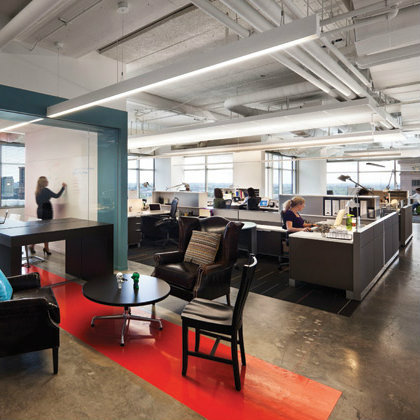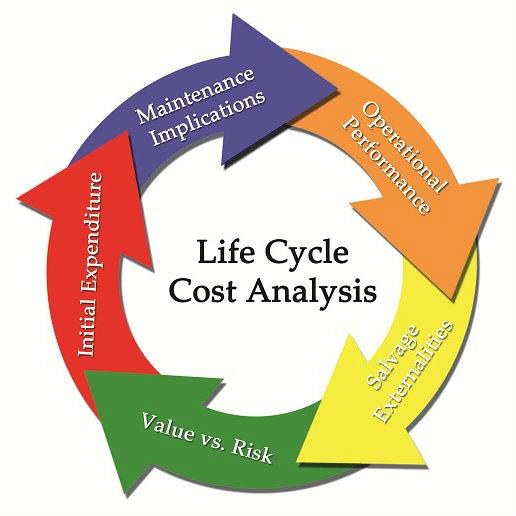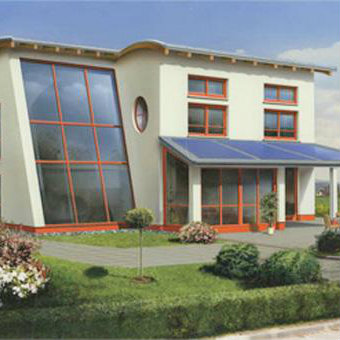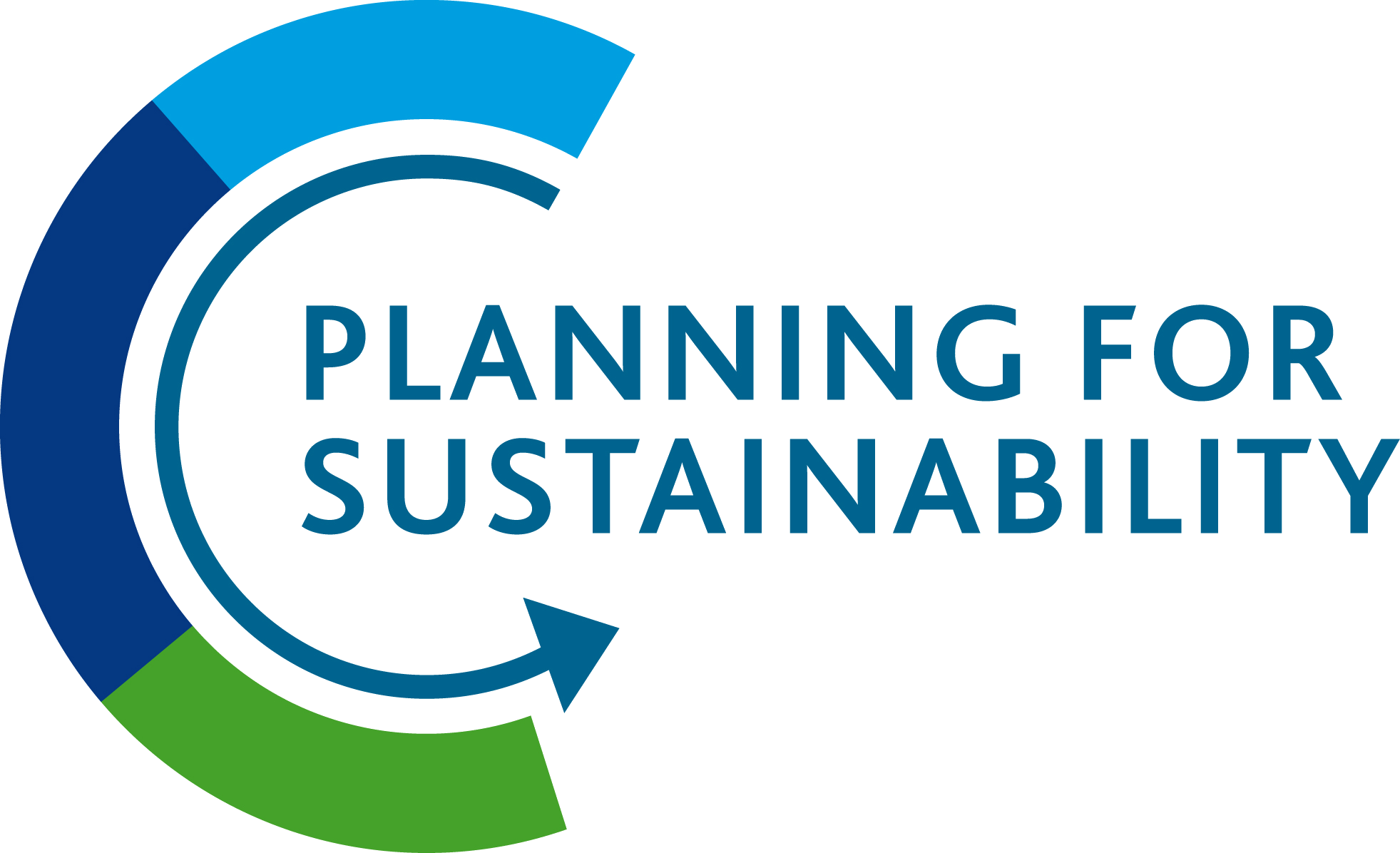The changing climate for London means for instance the annual maximum temperature may increase from 27º C at current levels to over 35º C by the 2050s. The average number of days with a temperature over 28º C will go up from an average of less than 1 day per summer to more than 28 days. The number of days with heavy rain goes up from on average 3 to 18 each year and the annual number of frost days goes down from 56 to less than 40.
Building against current minimum standards will result in buildings that are unfit for the future. And it is therefore widely recognised that action needs to be taken now to adapt the natural and built environment to this potential change in order to ensure economic, social and environmental resilience.
The National Planning Policy Framework describes how the planning system should be used to manage the challenges associated with climate change: “Planning plays a key role in helping shape places to minimise vulnerability and providing resilience to the impacts of climate change” and “New development should be planned to avoid increased vulnerability to the range of impacts arising from climate change.”
Indeed, an increasing number of local planning authorities develop policies and guidance on how to address climate change adaptation as part of development proposals and planning applications.
- Reducing the risks to business continuity, to delivery of services and economic and reputational risk;
- Reducing, but not eliminating, exposure to extreme weather damage;
- Increasing the long-term sustainability of investment decisions;
- Reducing environmental pollution and enhancing environmental protection; and
- Creating a safer and more comfortable working environment for employees and travelling environment for the public.
Finally, sustainable building benchmarking systems such as Breeam and the Home Quality Mark incorporate an increasing range of incentives to consider climate change resilience and climate change adaptation. For instance, for a Breeam 2014 excellent building there are up to 14 credits directly or indirectly associated with climate change adaptation. This is a sizable chunk of points for items that have such strategic benefits too.
And the good news is that the benefits can be achieved with minimal intervention at an early stage of the project.
Our consultants have been working on climate change mitigation and adaptation in projects associated with the built environment since 2004 and have developed a range of approaches to the issue of climate change resilience that can be implemented as part of the project management for new buildings.

User requirements

Life cycle cost

Passive design

Breeam and LEED
Talk to us
If you want to learn more about how we can help you, feel free to drop us a line anytime.
